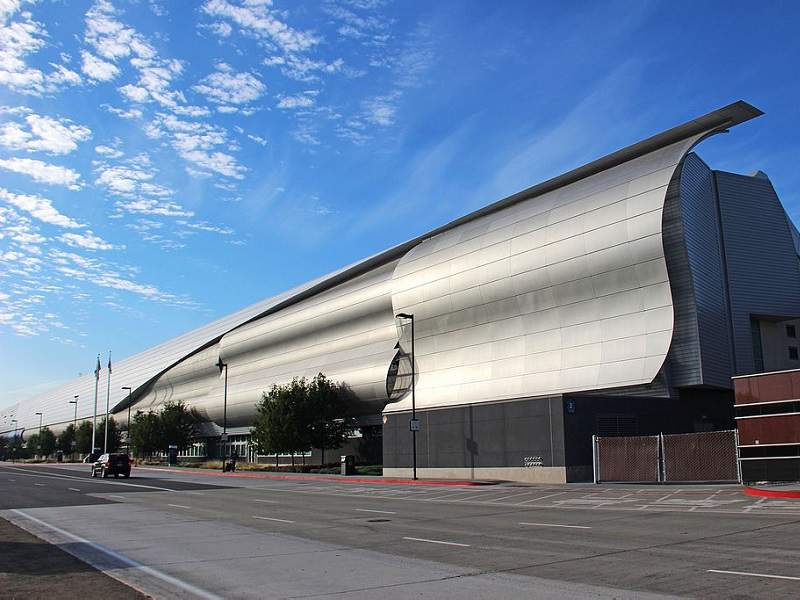
California’s Mineta San Jose International Airport is planning to use facial recognition technology that will make it the first airport on the US West Coast to implement biometrics for all international flights.
The technology, which was presented on Monday and is being rolled out in collaboration with the US Customs and Border Protection, uses a digital image or video capture to verify or identify a person. It could help to considerably cut down processing times for travellers.
It was initially trialled in June this year for all arriving international passengers and will be officially used for all departing international visitors starting from this fall.
According to San Francisco and Portland field offices of Customs and Border Protection director Brian Humphrey, figures after a four-week trial period have shown that average processing times for arriving international travellers dropped from 29 minutes to 20 minutes.
Office of Field Operations with US Customs and Border Protection deputy executive assistant commissioner John Wagner said: “Collaboratively, we are changing the face of international travel.
“This is a win-win. It’s a win for protecting our border, and it’s a win so those who wish to enter the United States legitimately can continue to do so efficiently.”
San Jose Mayor Sam Liccardo welcomed the introduction of the facial recognition system saying: “The use of biometrics technology will help cut down wait times and enhance the overall experience for our international travellers.”
San Jose’s move comes following a rise in passengers travelling to the hub: over 438,800 international travellers reached the Californian destination in 2017, more than double the figure reported in 2015.
The American Association of Airport Executives senior vice president Stephanie Gupta described the use of biometrics in airport security as “just the start of the future”, claiming that the technology could be used for other interactions at airports, including purchasing items.
A similar biometrics-based scheme is currently being trialled at Orlando International Airport as part of a wider Customs and Border Protection programme.
As part of the project, the agency has already implemented cameras in 13 American and international airports, including Miami, Atlanta and New York JFK in the US, as well as Preclearance locations in Aruba, Abu Dhabi, and Ireland.
However, US non-profit organisation American Civil Liberties Union joined a host of civil rights groups to criticise the system, arguing that, despite being useful for general surveillance, it could be misused in “general, suspicion-less surveillance systems”.



